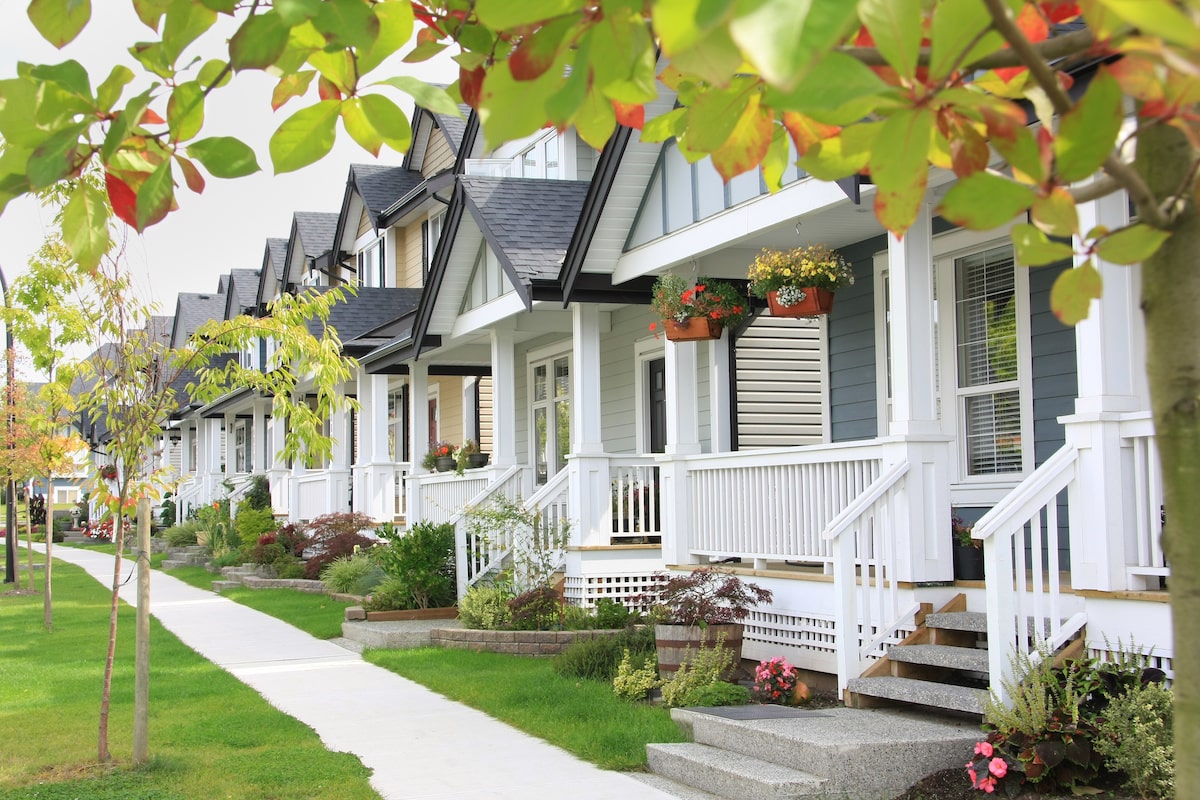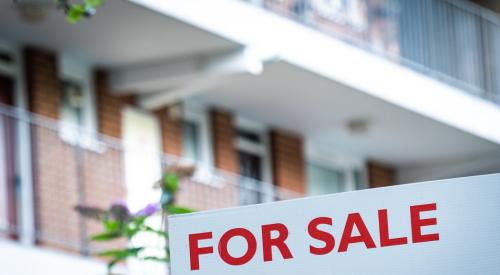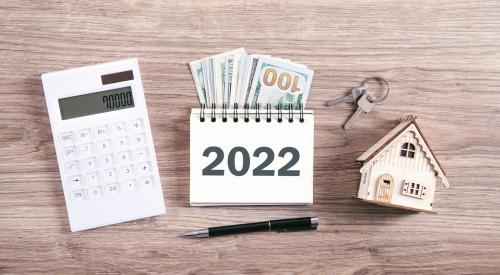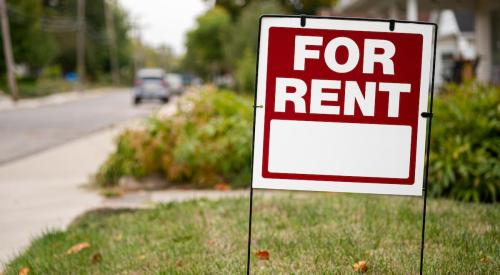A nationwide supply shortage drove up home prices and market competition throughout 2021, breaking market records and driving away large segments of would-be homebuyers.
Though housing demand will likely remain high into 2022, more inventory and low interest rates could create a more balanced market, according to Forbes Business Council.
As of December 2020, there was only a 1.9-month supply of homes. To combat this shortage, Freddie Mac estimated the market would need to add another 2.5 million properties to potentially balance out the gap between supply and demand. These factors produced a strong seller’s market, which drove up prices across the country. The Case-Shiller Index shows home prices jumped from 7% to 19% from September 2020 to June 2021. For obvious reasons, income growth didn’t rise as sharply, which ultimately priced many families out of the market altogether.
For would-be buyers who turned to the rental market instead, they found much of the same. According to Arbor, rental prices spiked year-over-year, and occupancy rates rose to 95% in the second quarter of 2021, the highest level since the mid-90s. While both of these statistics are great news for investors, it’s an increasingly competitive market for potential renters.













